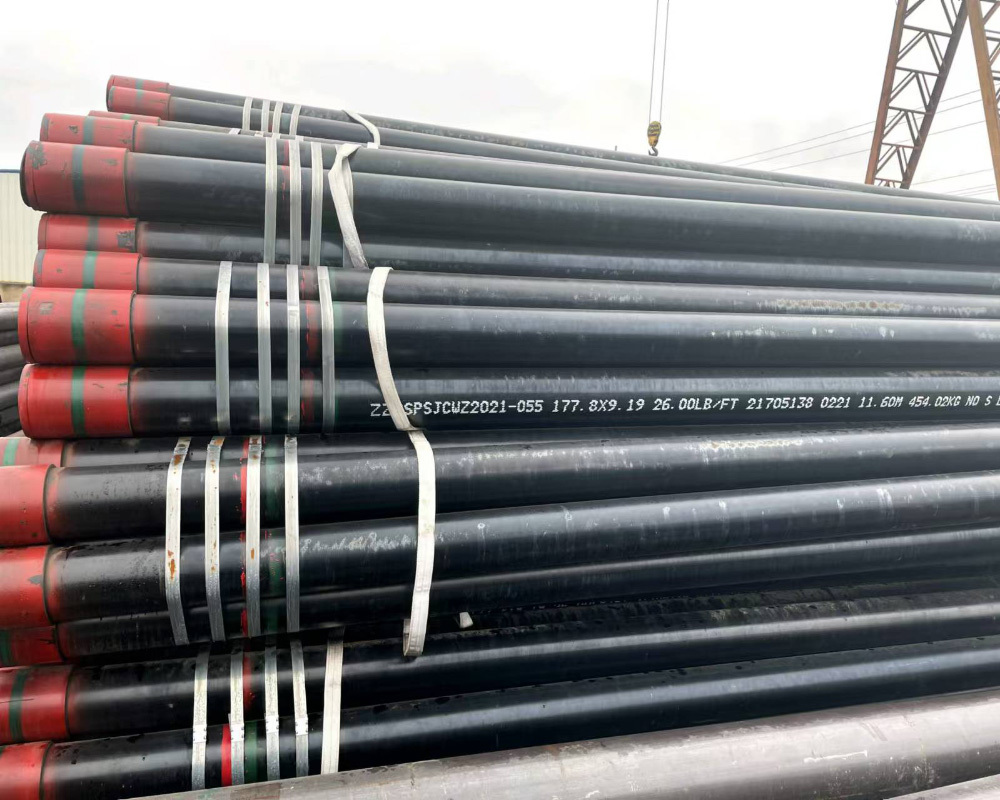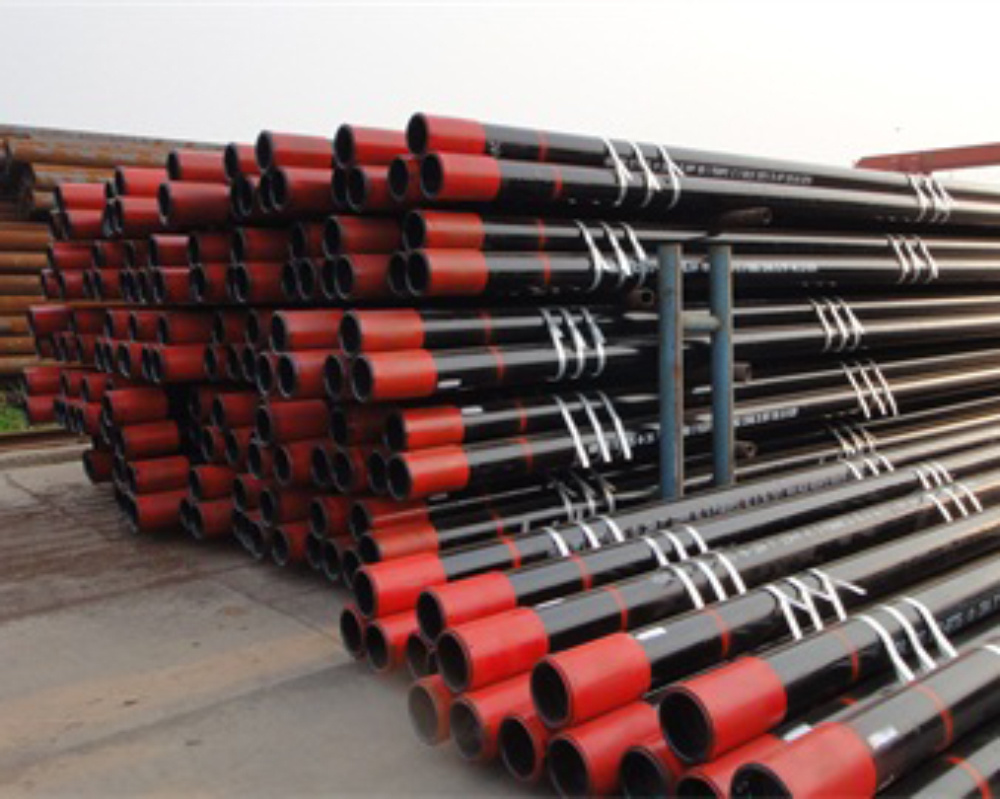The Essential Guide to Seamless and Welded Pipes in Construction
In the construction and decoration materials sector, understanding the differences between seamless and welded pipes is paramount for professionals. Both types of pipes serve various applications, yet they possess distinct characteristics that influence their usage in building projects.
Seamless pipes are manufactured without any joints or welds, which enhances their structural integrity. This sea
In the construction and decoration materials sector, understanding the differences between seamless and welded pipes is paramount for professionals. Both types of pipes serve various applications, yet they possess distinct characteristics that influence their usage in building projects.
Seamless pipes are manufactured without any joints or welds, which enhances their structural integrity. This seamless construction process is achieved through processes such as extrusion or rotary piercing, allowing the pipes to withstand higher pressure and temperature fluctuations. Seamless pipes are often preferred in applications where strength and reliability are critical, such as in high-pressure systems or in the oil and gas industries. Their uniformity and consistency also make them an ideal choice for aesthetic applications in architectural designs.
On the other hand, welded pipes are created by joining two edges together through welding. This method allows for the production of larger diameter pipes at a lower cost compared to seamless pipes. Welded pipes are commonly used in construction for applications such as structural supports, drainage systems, and general piping solutions where the pressure and temperature demands are less stringent. While they may not offer the same level of strength as seamless pipes, advancements in welding technology have greatly improved the durability and reliability of welded pipe systems.
When choosing between seamless and welded pipes for construction projects, several factors should be considered. These include the specific mechanical properties required, the environmental conditions the pipes will face, and the overall cost-effectiveness of the materials. Seamless pipes may be more expensive, but their long-term benefits can outweigh the initial investment, particularly in high-stress environments. Conversely, welded pipes can be a budget-friendly option for projects with more moderate requirements.
Additionally, both types of pipes can be treated with various coatings and finishes to enhance their resistance to corrosion and wear, making them suitable for diverse applications across different environments. It is essential to consult with material experts or structural engineers to determine the best choice for your specific needs, ensuring that the selected pipes meet all safety and performance criteria.
In summary, both seamless and welded pipes play vital roles in the construction and decoration materials industry. By understanding their unique properties and applications, professionals can make informed decisions that lead to successful project outcomes. Whether prioritizing strength or cost-efficiency, knowing when to use seamless or welded pipes can significantly impact the effectiveness and longevity of construction efforts.
Seamless pipes are manufactured without any joints or welds, which enhances their structural integrity. This seamless construction process is achieved through processes such as extrusion or rotary piercing, allowing the pipes to withstand higher pressure and temperature fluctuations. Seamless pipes are often preferred in applications where strength and reliability are critical, such as in high-pressure systems or in the oil and gas industries. Their uniformity and consistency also make them an ideal choice for aesthetic applications in architectural designs.
On the other hand, welded pipes are created by joining two edges together through welding. This method allows for the production of larger diameter pipes at a lower cost compared to seamless pipes. Welded pipes are commonly used in construction for applications such as structural supports, drainage systems, and general piping solutions where the pressure and temperature demands are less stringent. While they may not offer the same level of strength as seamless pipes, advancements in welding technology have greatly improved the durability and reliability of welded pipe systems.
When choosing between seamless and welded pipes for construction projects, several factors should be considered. These include the specific mechanical properties required, the environmental conditions the pipes will face, and the overall cost-effectiveness of the materials. Seamless pipes may be more expensive, but their long-term benefits can outweigh the initial investment, particularly in high-stress environments. Conversely, welded pipes can be a budget-friendly option for projects with more moderate requirements.
Additionally, both types of pipes can be treated with various coatings and finishes to enhance their resistance to corrosion and wear, making them suitable for diverse applications across different environments. It is essential to consult with material experts or structural engineers to determine the best choice for your specific needs, ensuring that the selected pipes meet all safety and performance criteria.
In summary, both seamless and welded pipes play vital roles in the construction and decoration materials industry. By understanding their unique properties and applications, professionals can make informed decisions that lead to successful project outcomes. Whether prioritizing strength or cost-efficiency, knowing when to use seamless or welded pipes can significantly impact the effectiveness and longevity of construction efforts.
TAG:
Related Posts
API 5L seamless pipes are critical components in the construction and decorative materials industry, particularly in applications involving the transportation of fluids and gases. The API 5L specification, developed by the American Petroleum Institute, outlines the requirements for seamless and welded steel pipes used in pipeline transportation systems. This specification is essential for ensuring










